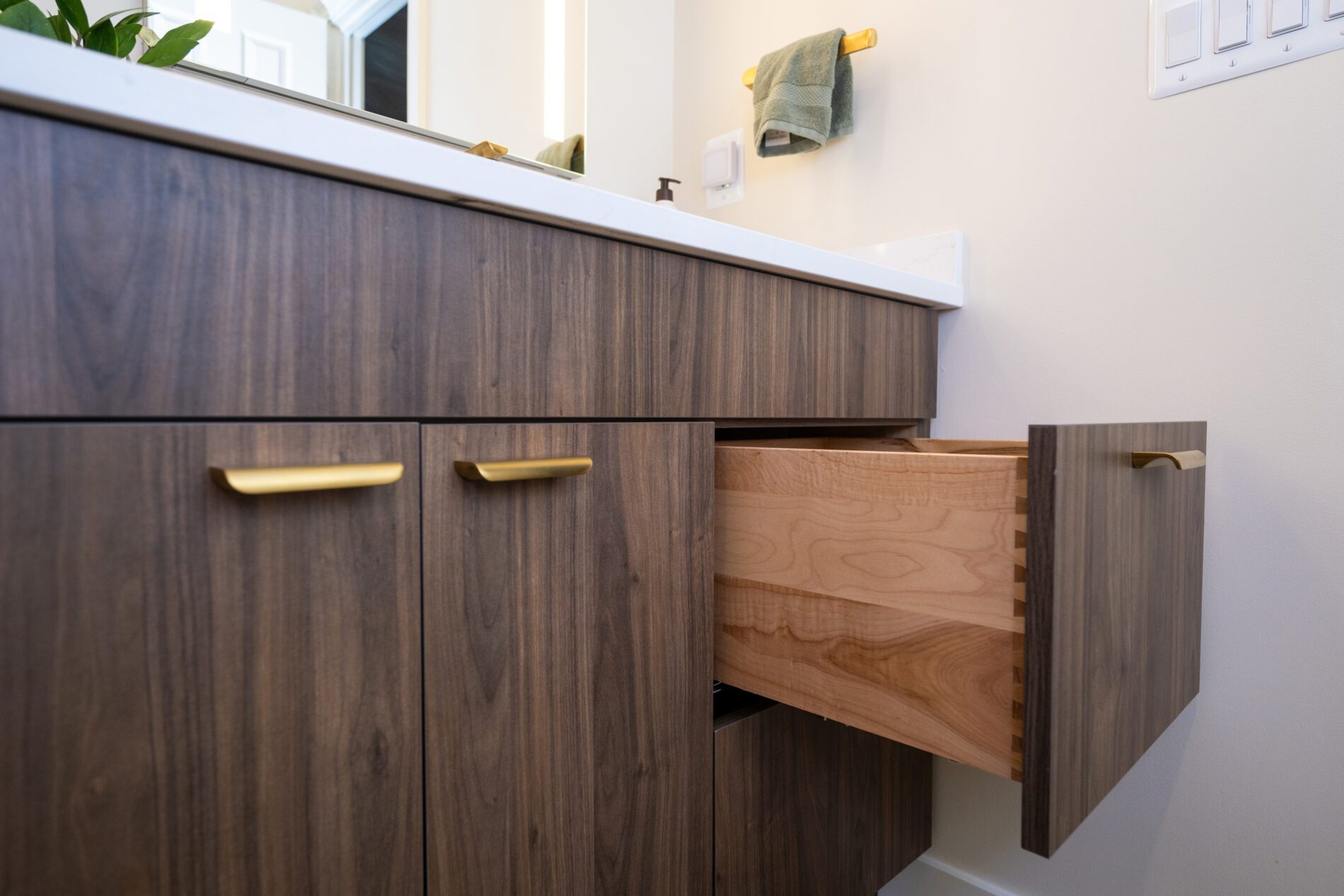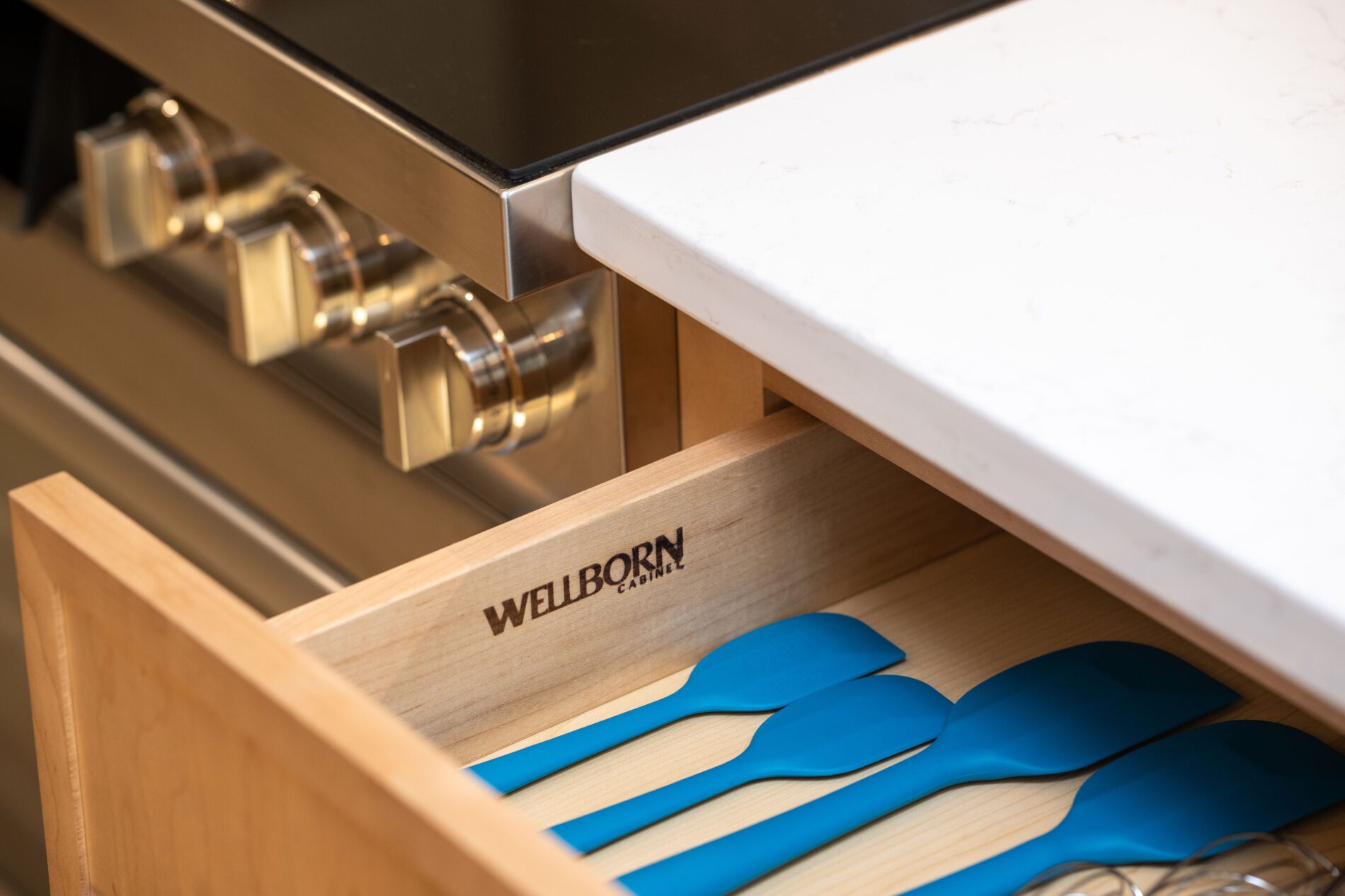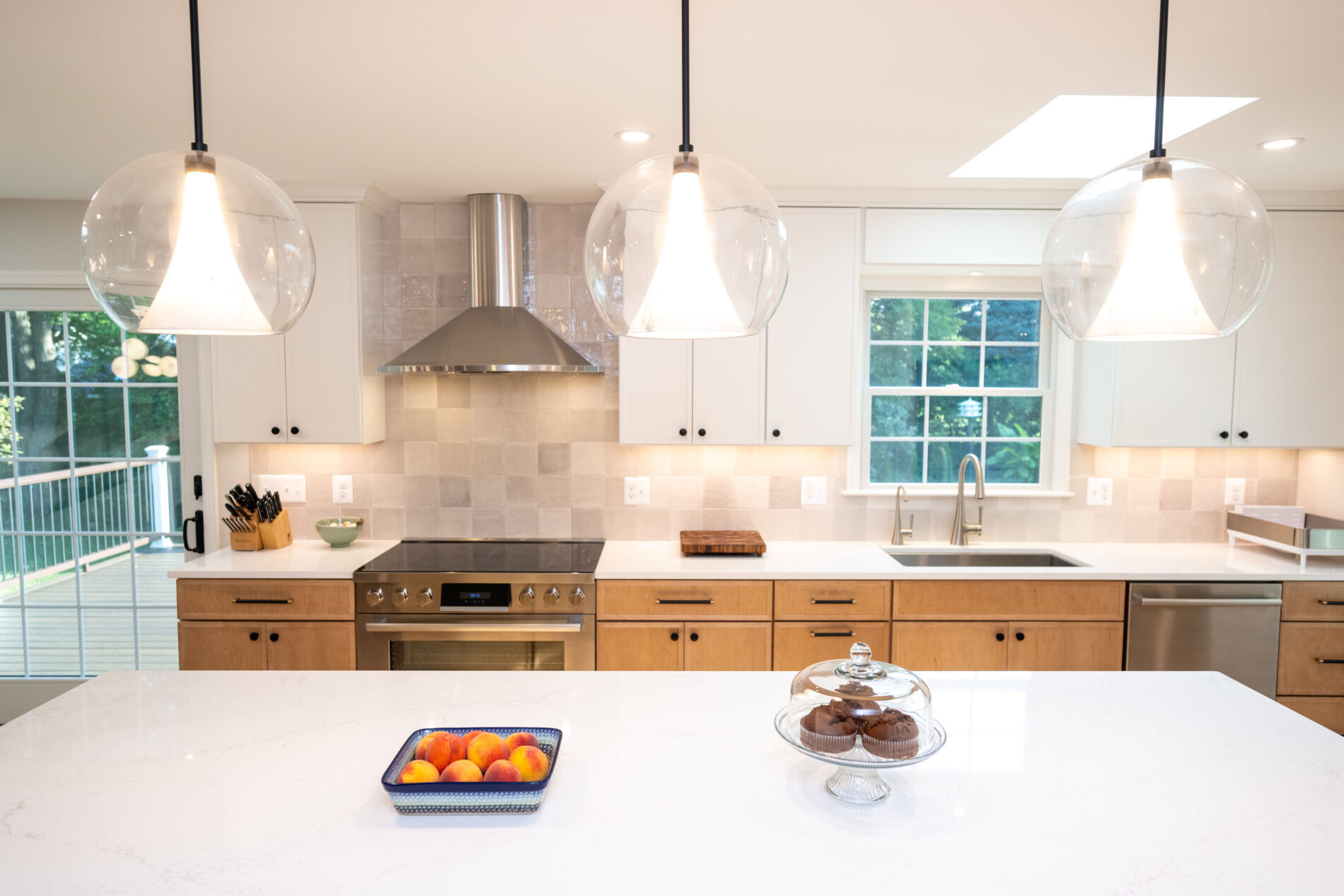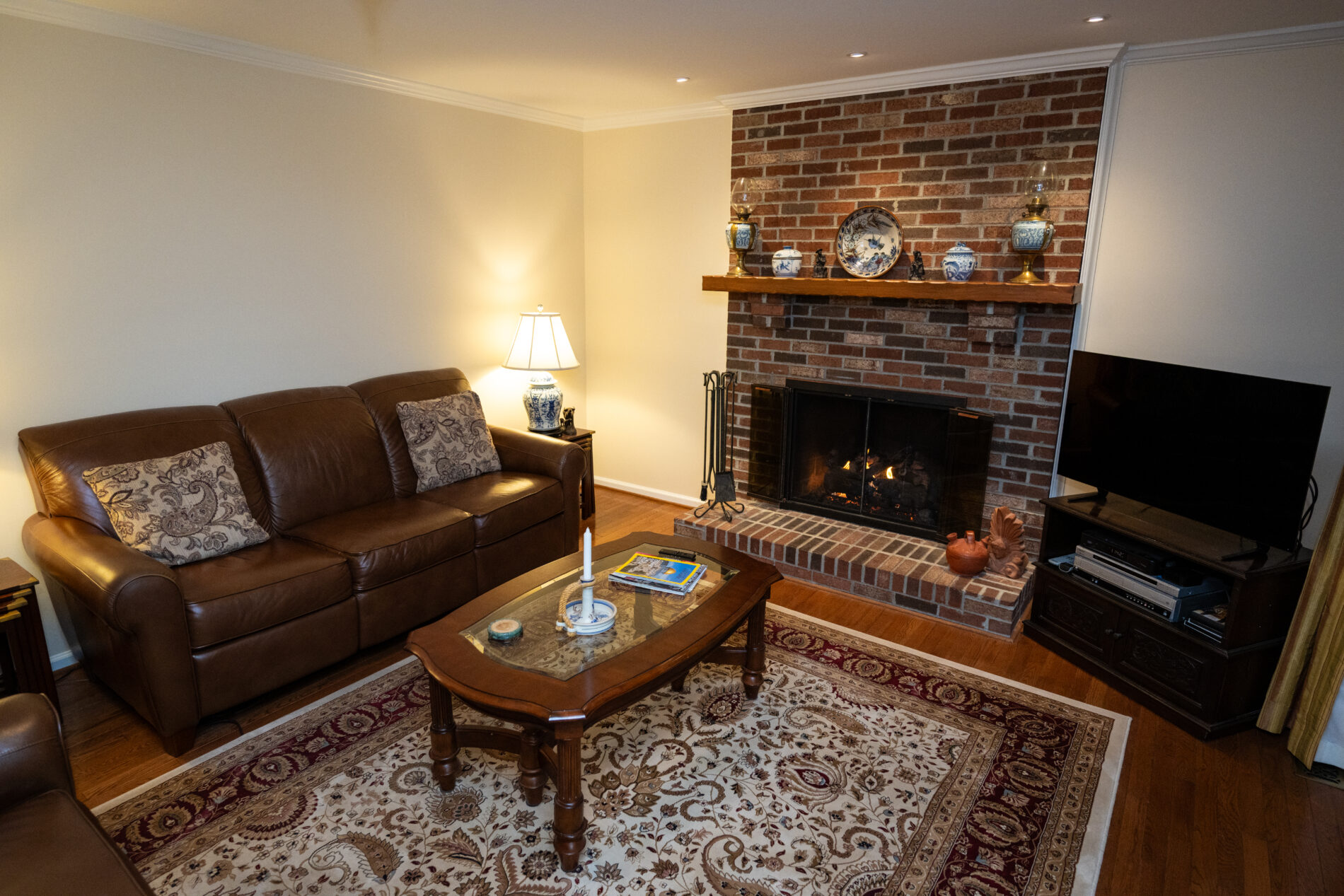One of the most common questions homeowners wrestle with is whether to remodel now or wait until “the timing feels right.” It’s an understandable hesitation. Remodeling is a significant investment of money, time, and energy. Add in an uncertain economy, shifting interest rates, and rising costs, and it can be hard to know which path is best.
While every situation is personal—your finances, family needs, and future goals—the decision also intersects with broader industry trends. These trends affect the cost and timing of remodeling projects nationwide, and understanding them can help you make a more informed choice.

The Rising Costs of Remodeling: Why Projects Keep Getting More Expensive
The reality is that the cost of remodeling rarely moves backward. For years, construction-related expenses have steadily increased due to a mix of inflation, higher operating costs, and supply chain challenges.
Insurance and Overhead Costs
Homeowners aren’t the only ones who have seen insurance premiums rise. Remodeling companies are paying higher year-over-year rates for business, vehicle, and liability insurance. These increases trickle down into project costs. Additionally, fixed costs, such as permits, dumpsters, portable toilets, and inspections, continue to increase. Even something as simple as a dumpster now comes with steeper overweight fees, and the tonnage thresholds have been lowered—meaning companies get less capacity for more money, which gets passed along to the homeowner.
Labor and Employee Benefits
The skilled labor shortage has been widely reported, and it has a direct impact on homeowners. Remodelers must pay competitive wages to attract and retain talent, which means costs for both skilled and unskilled workers have gone up. Add in employee benefits—health insurance, retirement contributions, training—and the total labor expense is much higher than it was just a few years ago.
Northern Virginia’s strong economic growth adds another layer to this challenge. With tech giants and defense contractors growing across Fairfax and Loudoun counties, and Amazon Web Services continuing its data center expansion in Sterling, the entire region is experiencing intense competition for labor. While these industries don’t pull directly from the same pool of carpenters or electricians, they do drive up the cost of living and increase demand for construction services overall. Remodeling companies must raise wages to retain their teams and compete in this high-cost market—expenses that ultimately factor into project budgets.
Materials and Services
From lumber and drywall to appliances and specialty fixtures, the cost of materials has risen significantly. Vehicles, equipment, and even specialty services have followed suit. What might have been a manageable cost in 2020 could now be substantially more expensive.

How Supply Chain Issues and Tariffs Impact Remodeling Costs
Tariffs add another layer of unpredictability. Many popular home products, such as flooring, countertops, and cabinetry, are imported. Depending on the country of origin and manufacturer, tariffs may increase those costs. The challenge is that tariffs are not static; they’re influenced by international trade policy and can change suddenly.
In addition to tariffs, the supply chain has proven to be fragile in recent years. Disruptions due to global events, shipping delays, or raw material shortages can drive up prices and extend lead times. To put it another way, waiting to remodel in hopes of lower costs could actually expose you to an unexpected increase in material costs.

Remodeling and Interest Rates: What Homeowners Need to Know
For many families, one of the biggest financial considerations today is interest rates. During the pandemic years, mortgage rates dipped to historic lows; many homeowners refinanced or purchased homes with rates under 3%. Those same homeowners may now hesitate to move because buying another home would mean trading a low fixed rate for today’s higher rates.
This creates a compelling case for remodeling instead of relocating. Even if you need financing for your remodel, borrowing for a project may still be more affordable than taking on an entirely new mortgage at the current rate.
Remodel Now vs. Wait? The Cost of Delaying Your Home Remodel
With rising costs, unpredictable tariffs, and higher financing rates, it’s natural to ask whether delaying your project makes sense. Let’s look at both sides.
Remodeling Now
- Avoid future price increases. Historically, costs for labor, insurance, and materials trend upward, not down. Starting sooner helps you lock in today’s rates.
- Enjoy your improvements sooner. Whether it’s a new kitchen, an updated bathroom, or more space for your family, remodeling now lets you start living in the space you want rather than waiting years.
- Improve your home’s resale potential. If you plan to sell within the next 5–10 years, upgrades made today may help your home stand out in a competitive market.
Waiting to Remodel
- Potential for higher costs. If inflation continues, delaying may mean paying more for the same project.
- Possibility of delays. If demand surges again, remodelers’ schedules will fill up quickly, pushing projects further out.
- Uncertain global influences. Tariffs and supply chain disruptions are unpredictable, which could introduce new cost challenges in the future.

Beyond the Numbers: Lifestyle and Timing
While dollars and cents matter, they aren’t the only part of the decision. Lifestyle often plays an equally important role.
- Evolving family needs. More people are working from home permanently. Others are welcoming aging parents or adult children back into the household (multigenerational living). Remodeling sooner can improve comfort, safety, and functionality for the entire family.
- Safety and accessibility. If your home needs aging-in-place modifications—such as wider doorways, grab bars, or a first-floor bedroom—delaying the project could compromise your safety.
- Quality of life. Living with a cramped kitchen or an outdated bathroom for years while waiting can wear on your family’s enjoyment of the home.
Smart Remodeling Strategies: Phased Projects and Value Engineering
If you’re not quite ready to commit to a full remodel, there are still smart steps you can take now:
- Begin the design and planning process. Even if you plan to remodel later, design work, permitting, and material selection take months. Starting now puts you ahead of the curve.
- Explore phased remodeling. Work with your contractor to break the project into stages, allowing you to spread out costs while still making progress.
- Use value engineering. Partner with a design-build firm to make thoughtful decisions about materials and layouts. This approach helps stretch your budget while maintaining quality and function.
Making the Right Choice: Remodel vs. Wait in Northern Virginia
Remodeling is a deeply personal decision that balances your financial situation, lifestyle needs, and long-term goals. While waiting may feel like a safer option, industry trends strongly suggest that costs will continue to rise. Delaying a project often means paying more later—and missing out on the benefits of living in a home that truly works for you.
If you’re uncertain, start by having a conversation with a professional remodeling firm, like Northwood Construction. We can walk you through options, help you plan, and create a strategy that fits your budget and timeline—whether that means moving forward now or preparing for the near future. Schedule a consultation with us today!
